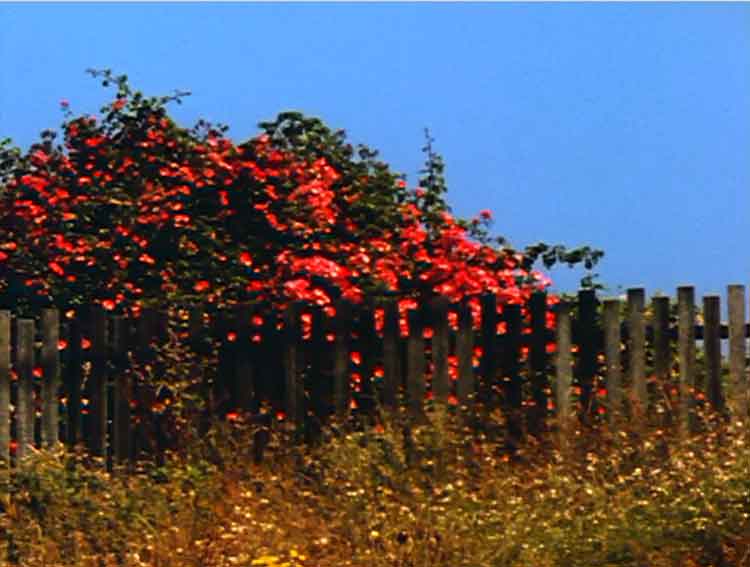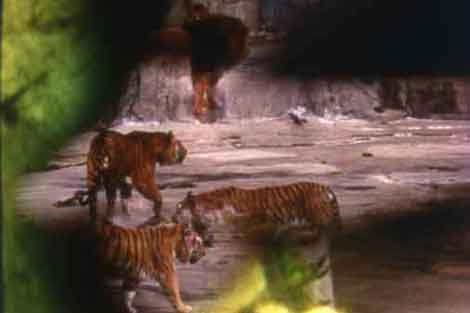Screenings of Bruce Baillie’s visionary short films are uncommon in the movie capital of the world, to say nothing of the known—or at least the non-academic—universe. A full-blown public retrospective of his work, then, stretched over three nights at REDCAT and the Hammer, qualifies as some kind of miracle, a one-time gift from the gods of the New American Cinema. Focused on Baillie’s 16mm films from the decade following his founding in 1961 of the Canyon Cinema Cooperative, the West Coast distribution hub for the work of fellow film poets and experimentalists (think Kenneth Anger, Stan Brakhage, James Broughton, Tony Conrad, Maya Deren—and that’s just Baillie’s end of the Canyon catalog), the present CalArts-curated selection represents roughly half of Baillie’s output over those years. The programming ranges from the ecstatic beat lyricism of the 1966 short shorts Tung, Castro Street and All My Life to longer works showcasing Baillie’s pioneering fusion of the personal and the epochal in films like To Parsifal (1963), Quixote (1965), and—rooted most indelibly in the mind of this writer—Quick Billy (1970). A strong finish to any retrospective of Baillie’s work, the last-mentioned work, screening November 4 at REDCAT, is at once a journal of illness and recovery, and a hard glance at the turbulent era in which it was made. It’s also, in the mythologizing black-and-white silent melodramatics of its final movement, a sardonic valentine to the angel who nursed the filmmaker through the worst of it. Shot in significant part from the vantage of Baillie’s sickbed, Quick Billy traces an emotional journey from roiling if observant helplessness to a full-on spirited reengagement with the world. The film grammar entails multiple superimpositions and elaborate hand-maskings of the visual field, often-claustrophobic stained-glass effects whose eventual clearing is experienced—by filmmaker and audience—as a kind of birth, a piercing of the amniotic membrane into full-blown, squalling eroticism. (Baillie at one time or another claimed to have based the structure of Quick Billy on the Tibetan Book of the Dead’s chase through the bardos.) If you need more convincing… have another look at the stills accompanying this announcement!
“Bruce Baillie: Coming Into Vision” at the Hammer Museum’s Billy Wilder Theater, Friday, October 25. (a presentation of the UCLA Film and Television Archive); “Bruce Baillie: Two Nights of 16mm Treasures” at REDCAT, Sunday, November 3, and Monday, November 4. In-person appearance by Baillie at the REDCAT shows.
www.cinema.ucla.edu/spotlights/programs (Hammer show)
www.redcat.org/event/bruce-baillie (Redcat shows)



